School meals in different countries
In August 2025, sharing experiences that have been persistently implemented for many years in Japan, at the international scientific conference on "For a healthy Vietnam - for Vietnamese stature", Dr. Nakamura Teiji (Japan) said that school meals and food education have become an important part of the specific nutrition policy in Japan. In 1952, the Japanese Government enacted the Nutrition Improvement Law, requiring the establishment of collective kitchens in hospitals, factories and schools, crowded places, and requiring nutritionists to be in charge. In particular, the need to improve nutrition for children, the future generation, was considered the most urgent, leading to the promulgation of the School Lunch Law in 1954, aiming for all elementary school students to have lunch at school.
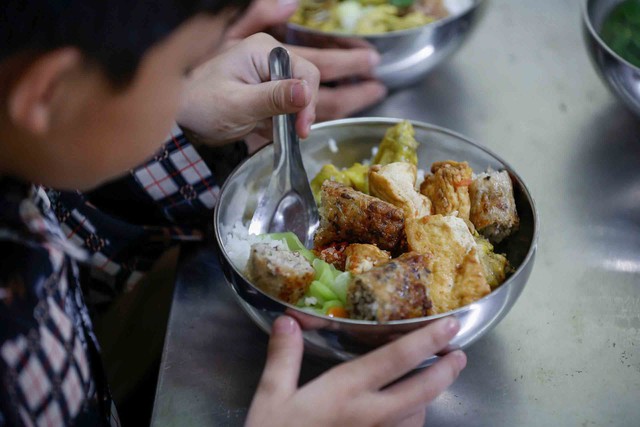
Children need adequate nutritional care to develop physically.
PHOTO: TUAN MINH
In 2008, the School Lunch Act was comprehensively revised, making food education in schools a central objective. School meals not only provide the energy and nutrients necessary for children's development, but are also part of a comprehensive education program on nutrition and eating.
Also at the above workshop, Professor Philipp Rosler (Germany) said that providing nutritious school meals is the foundation for health and equal development opportunities for all children. The quality standards for German school meals were published by the German Nutrition Association (DGE) in 2007, aiming to guide the construction of healthy, balanced and sustainable school meals. This standard is consistent with the recommendations of the World Health Organization (WHO) and the European Union (EU), and has been applied in more than 5,000 schools in Germany. Professor Philipp Rosler emphasized that when schools build healthy diets, they will create a good educational environment for students, preparing the younger generation for a healthy and sustainable lifestyle. The professor said: "Vietnam is fully capable of absorbing and applying these lessons, following a suitable roadmap, to improve the quality of nutrition and sustainable health for future generations."
What about school meals in our country?
The Ministry of Education and Training said that in the 2020-2021 school year, the Ministry coordinated with the Ministry of Health , the Ministry of Culture, Sports and Tourism, the Ministry of Science and Technology, experts and sponsors, to organize research and successfully implement a school meal model that ensures proper nutrition combined with increased physical activity for Vietnamese children and students, in order to raise awareness and practice proper nutrition, increase appropriate physical activity for preschool children and primary school students to improve health and develop stature.
The model was implemented in 10 provinces/cities (representing 5 different ecological regions) and brought certain effectiveness in improving nutritional status as well as physical strength. Specifically, in the group of preschool children, the average height increased by about 3.6 cm and the average weight increased by 1.2 kg. In the group of primary school students, the average height increased by about 2.8 cm and the average weight increased by 1.9 kg.
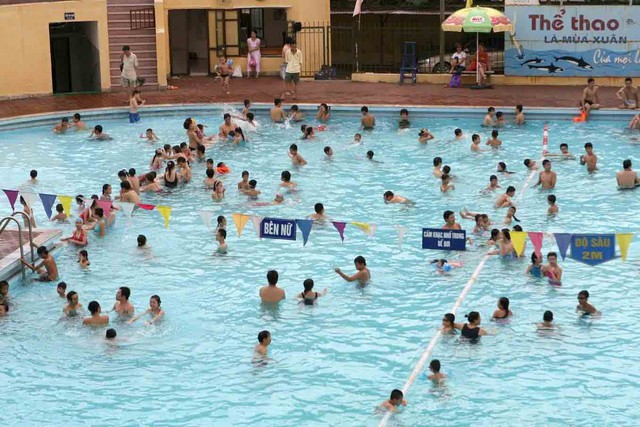
In addition to nutrition, reasonable physical activity also helps Vietnamese people have good stature.
PHOTO: NGOC THANG
For schools, the model has improved the organizational and management capacity of educational institutions in school nutrition care; strengthened facilities and equipment to ensure proper nutrition, physical education and school sports activities. Communication activities, nutrition education and increased physical activities have contributed to positive changes in awareness, eating habits and physical exercise of students...
Based on the above results, in 2021, the Ministry of Education and Training issued a Decision approving the "School meal model to ensure proper nutrition and increase physical activity for Vietnamese students" for localities to deploy and replicate the model in accordance with local conditions.
Difficulty upon difficulty
However, the school meal model in Vietnam has encountered many difficulties during its implementation. First of all, the facilities and human resources are not guaranteed; some schools use industrial meals; the menu has not been developed to ensure reasonable and scientific nutrition; especially in many schools in disadvantaged areas, the income and expenditure for school meals is still low, not enough to develop a menu to ensure reasonable nutrition. The coordination between families and schools in implementing a reasonable diet and ensuring nutrition for children in some educational institutions is not effective.
School facilities in many localities do not meet the requirements for nutrition; there are no specialized nutrition staff in schools. Equipment and exercise tools are old and outdated; land funds for physical education and physical activities in schools are lacking and have many limitations.
To overcome difficulties and effectively replicate the school meal model that ensures proper nutrition combined with increased physical activity for children and students in educational institutions nationwide, the Ministry of Education and Training is continuing to coordinate with the Ministry of Health to strengthen communication to raise awareness for teachers, parents and students; directing the Departments of Education and Training and schools to seriously implement the tasks assigned by the Prime Minister on ensuring proper nutrition and increasing physical activity for children, students and students to improve health and prevent non-communicable diseases.
The Ministry of Education and Training will review, amend and supplement the system of legal documents on school nutrition and organizing meals for children and students. Increase social mobilization and resources from domestic and international organizations to ensure the quality of nutrition and food safety for school meals for students. Strengthen inspection and supervision of school nutrition, organizing meals to ensure food safety... (to be continued)
Source: https://thanhnien.vn/bao-gio-tam-voc-nguoi-viet-nam-duoc-cai-thien-bua-an-hoc-duong-chua-ngon-18525091822382466.htm



![[Photo] Students of Binh Minh Primary School enjoy the full moon festival, receiving the joys of childhood](https://vphoto.vietnam.vn/thumb/1200x675/vietnam/resource/IMAGE/2025/10/3/8cf8abef22fe4471be400a818912cb85)


![[Photo] Prime Minister Pham Minh Chinh chairs meeting to deploy overcoming consequences of storm No. 10](https://vphoto.vietnam.vn/thumb/1200x675/vietnam/resource/IMAGE/2025/10/3/544f420dcc844463898fcbef46247d16)










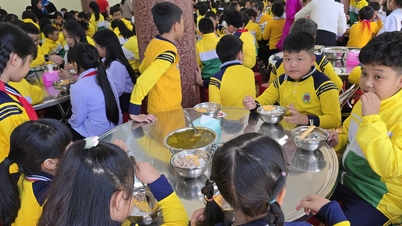











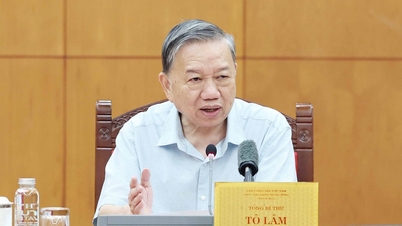




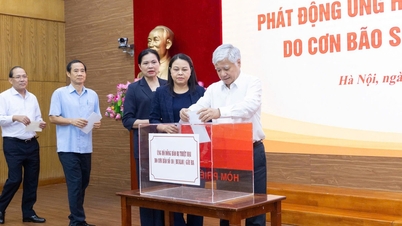

















































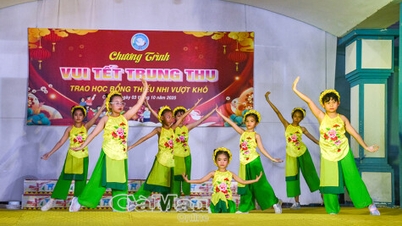


















Comment (0)